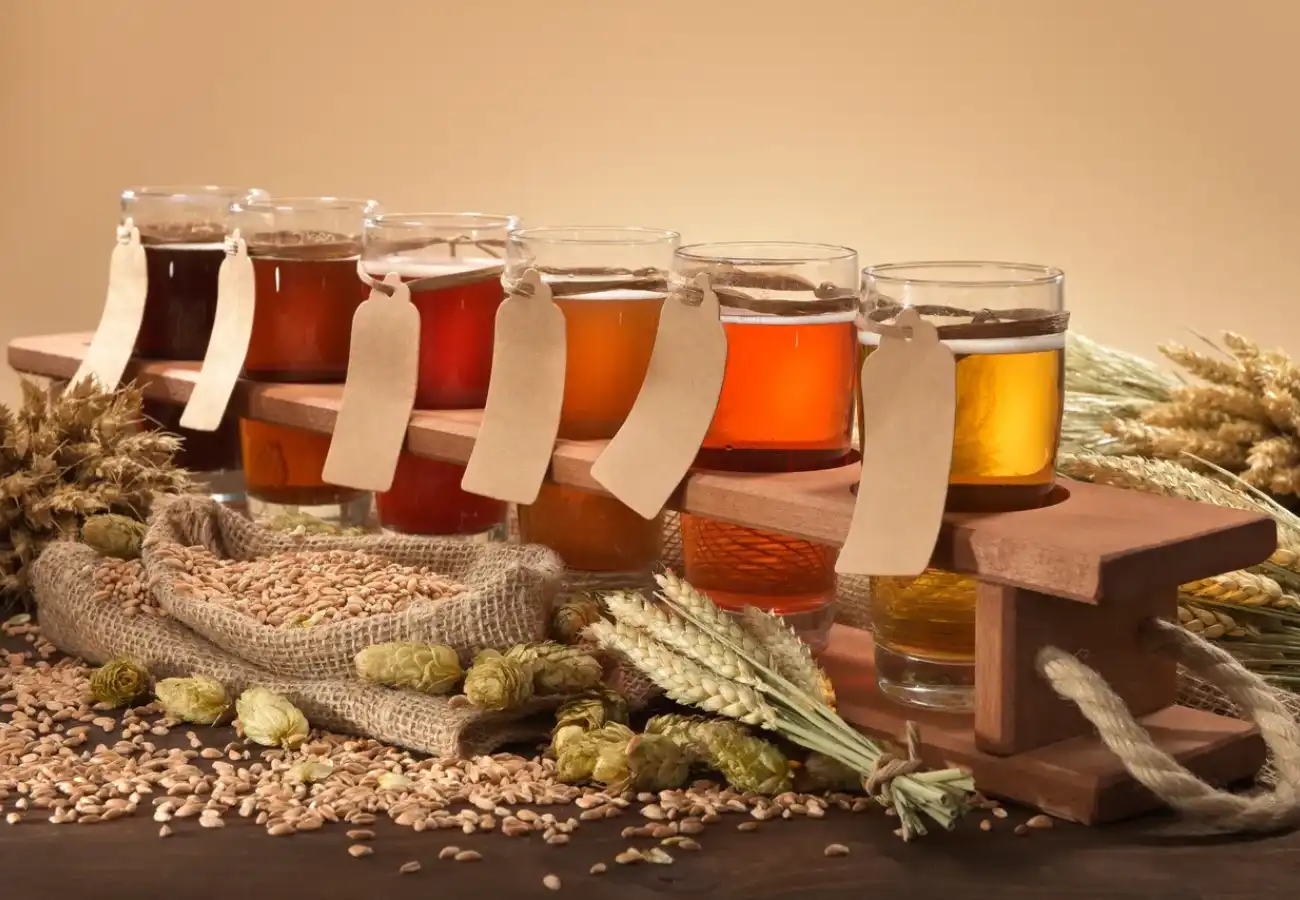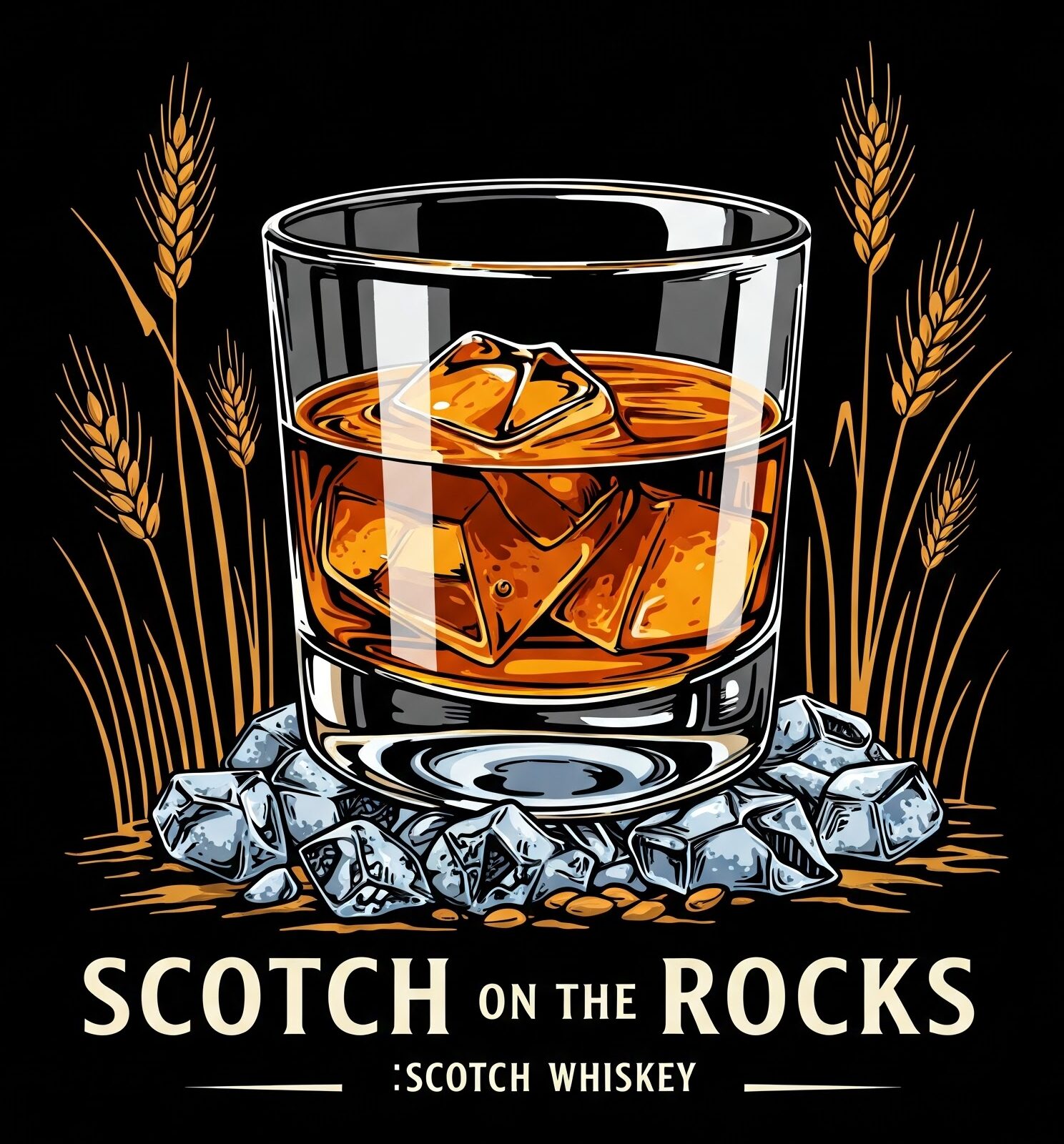
Whiskey History Series: Part 3
Across the Atlantic: The Birth of American Whiskey
As Irish and Scottish immigrants set sail for the New World, they carried more than just their hopes and a few possessions—they brought with them a knowledge of distilling. And once they reached American soil, that knowledge mixed with new ingredients, new challenges, and a fiercely independent spirit to create something entirely different: American whiskey.
This is the story of how whiskey took root in America—and how it became a symbol of both rebellion and regional pride.
⸻
From Barley to Corn: A New Grain Frontier
Early American settlers tried to recreate the whiskey of the Old World, but they quickly hit a problem: barley didn’t grow as well in the American colonies. But corn did. So did rye. These native grains became the backbone of a distinctly American spirit.
• In the Mid-Atlantic, especially Pennsylvania and Maryland, rye whiskey became the dominant style—bold, spicy, and full of character.
• In the Southern backcountry, especially what would become Kentucky, distillers leaned heavily on corn, leading to the birth of bourbon.
The change in grain led to a change in flavor. American whiskey was richer, sweeter, and bolder—reflecting the wild, untamed land from which it came.
⸻
The Whiskey Rebellion: Protest in a Bottle
By the 1790s, whiskey wasn’t just a drink—it was currency, medicine, and a livelihood for many rural Americans. So when the federal government imposed a whiskey tax in 1791 (the first domestic tax in U.S. history), it didn’t go down well—especially with farmers who used surplus grain to make whiskey.
The result? The Whiskey Rebellion of 1794. Thousands of distillers and farmers in western Pennsylvania took up arms in protest. President George Washington—ironically, a whiskey producer himself—led federal troops to suppress the uprising, setting a precedent for federal authority.
Though the rebellion fizzled, it proved one thing: whiskey wasn’t just a product—it was political.
⸻
The Birth of Bourbon
The true rise of bourbon came in the 1800s, as Kentucky’s distillers embraced corn mash, aging in charred oak barrels, and innovations like sour mash fermentation. The name likely comes from Bourbon County, Kentucky, though there’s debate around that too.
By the mid-19th century, bourbon had become a uniquely American product, with legal definitions and regional styles:
• Bourbon: At least 51% corn, aged in new charred oak barrels.
• Tennessee Whiskey: Like bourbon, but filtered through charcoal (the “Lincoln County Process”)—think Jack Daniel’s.
• Rye Whiskey: At least 51% rye, sharper and spicier in flavor.
⸻
A Spirit of Innovation and Independence
Unlike the Old World, where whiskey tradition often meant strict rules, America embraced experimentation. Distillers played with mash bills, barrel aging, and fermentation techniques. And with a frontier mentality, whiskey became part of the country’s mythology—fuel for pioneers, cowboys, and revolutionaries alike.
⸻
A Golden Age on the Horizon
By the turn of the 20th century, American whiskey—especially bourbon—was booming. Distilleries dotted the landscape, brands were becoming household names, and the U.S. was exporting whiskey around the world.
But dark clouds were gathering. Prohibition would soon change everything.
⸻
Up Next: Part 4 – Surviving Prohibition: A Spirit in Hiding
We’ll follow whiskey into the shadows as America outlaws alcohol, and explore how distillers adapted, struggled, and survived the driest years in drinking history.
